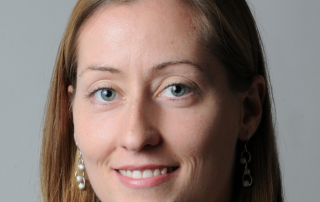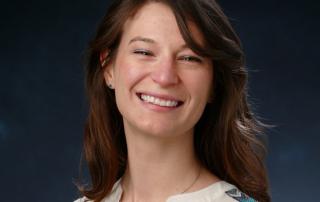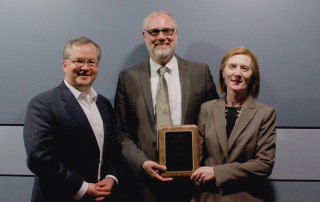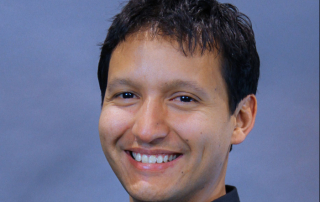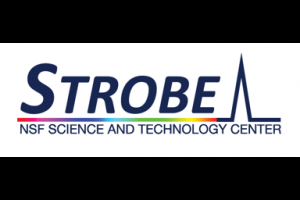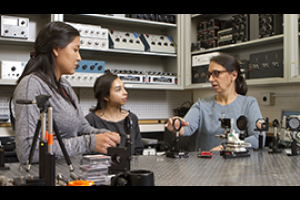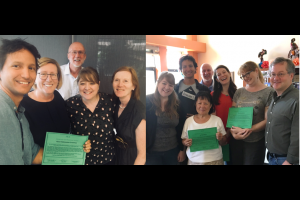Congrats to Laura Waller for being Elected as a 2019 Fellow of the Optical Society
The Optical Society (OSA) Board of Directors has elected 98 members to the Society’s 2019 Fellows Class. Principal factors for election to OSA Fellow include candidates’ achievements in business leadership, education, research, engineering and service. A majority of 2019 Fellows reside outside of the USA.
“Being named an OSA Fellow is an honor accorded to those of rare distinction in their field, and carries the responsibility of service to and leadership of the optics and photonics communities,” said OSA President Ian Walmsley. “I congratulate the 2019 class on their achievements.”
